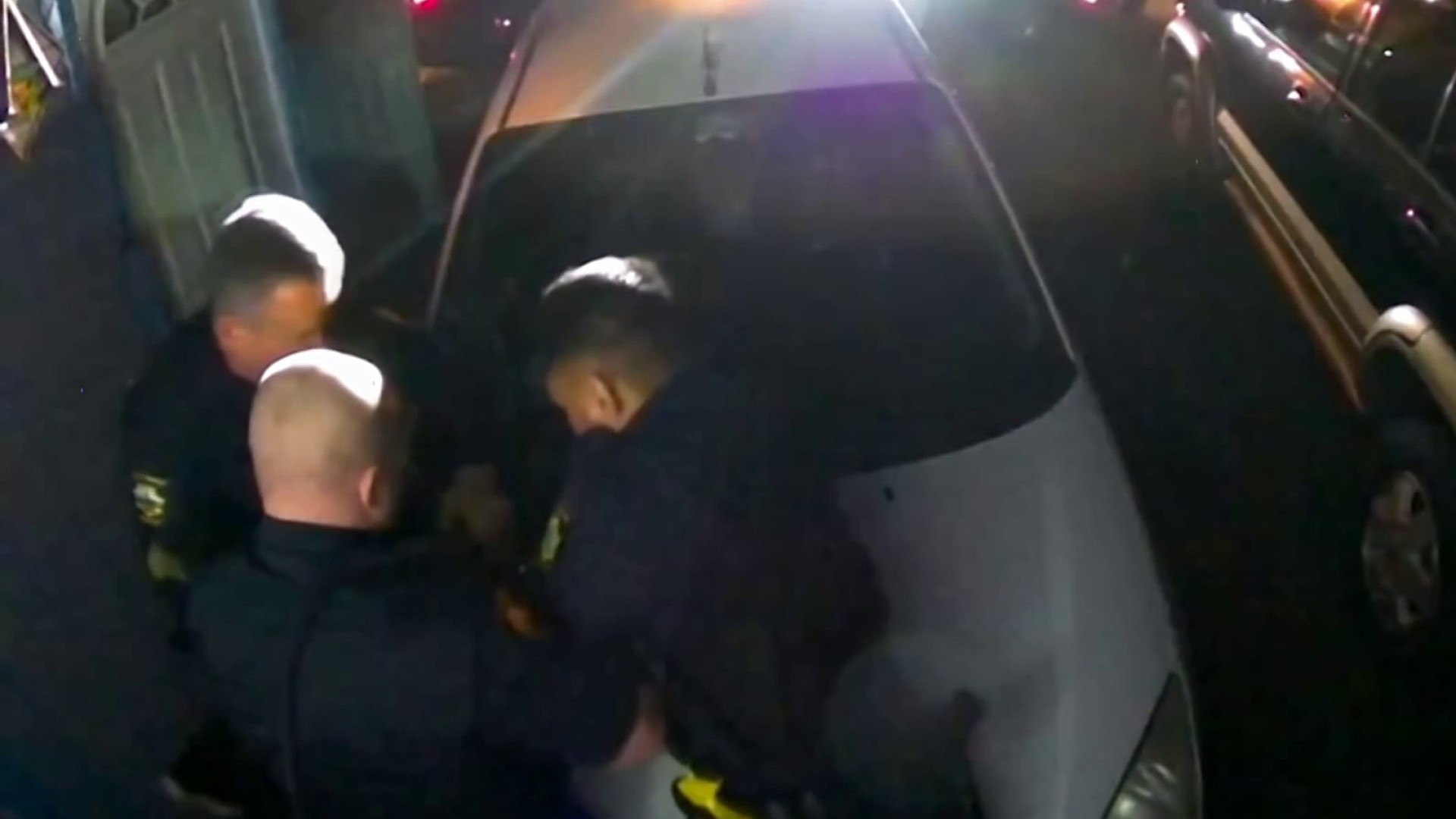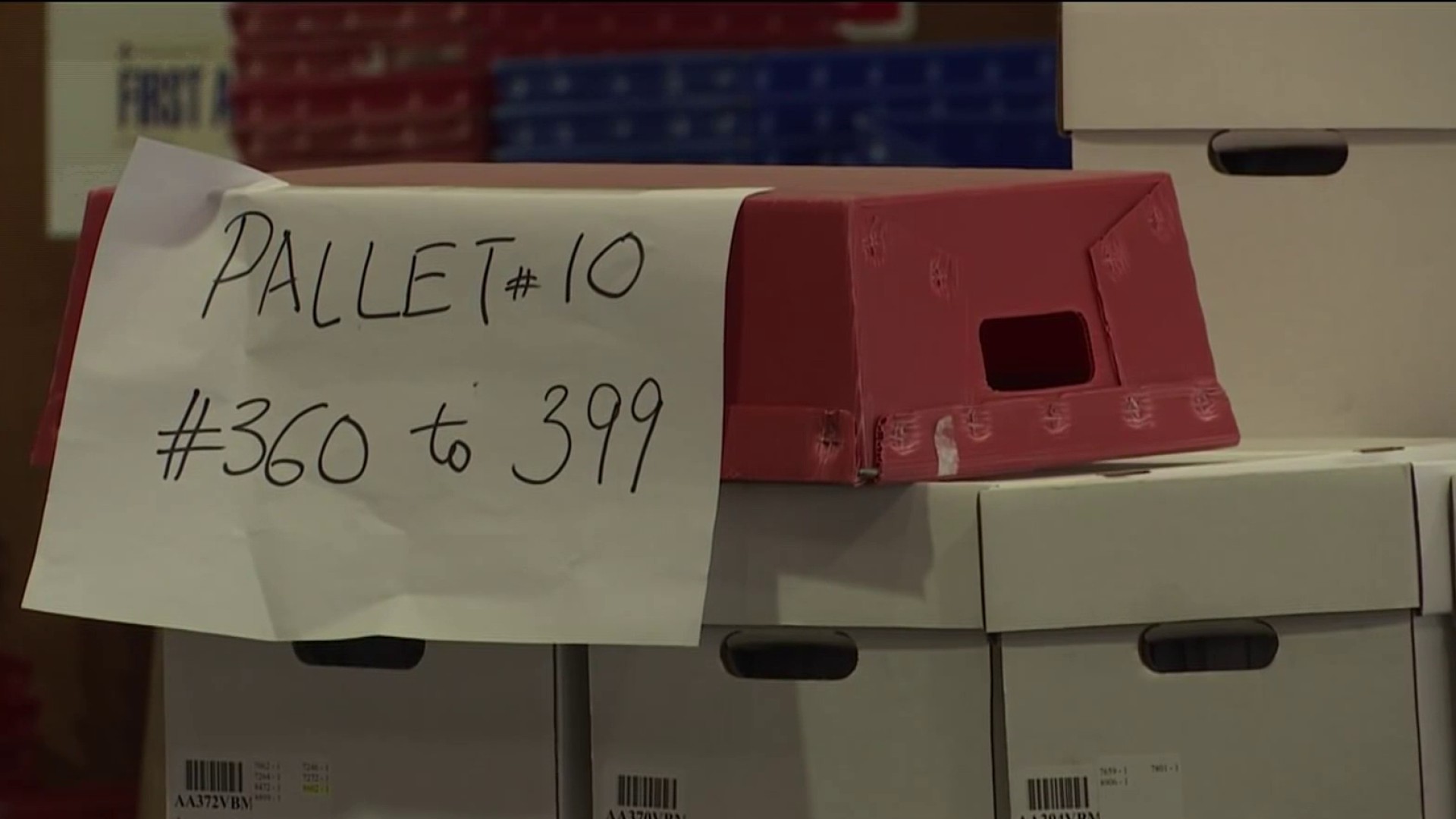What to Know
- The 300 block of Hyde St. in San Francisco has made national headlines as the "dirtiest block" in the city based on 311 complaint data
- Neighbors in the Tenderloin district say they've gotten used to seeing trash, drugs, human and dog waste in the area near Hyde and Eddy St.
- Sean Miller built SnapCrap as a quick way to file a street cleaning request with the city for human or animal waste on the sidewalk
Sean Miller moved to San Francisco a year and a half ago, and quickly noticed something: when he walked outside his apartment, he needed to watch where he stepped.
"Within a couple of days, it was super obvious that there was a huge problem here," said Miller, who's 24 years old.
The problem in San Francisco's Tenderloin district is one that neighbors admit they've gotten used to: sidewalks littered with trash, used syringes, and — most troubling for some — human and animal feces.
"It's everywhere," Miller said.
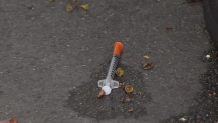
European tourists we talked to said they were shocked by the filth — and Miller said he worries it'll affect the city's economy.
"I don't think any company's going to want to come here, and I don't think people are going to want to work here," he said.
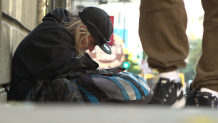
That fear is among the core arguments of those campaigning for Proposition C on San Francisco's November ballot. The initiative, which has tech executives sharply divided, would tax the city's largest companies and earmark the funds for housing and homelessness. Salesforce CEO Marc Benioff, who favors Prop C, has said addressing homelessness is critical to attracting employers and conventions to the city. Opponents including Mayor London Breed and the city's Chamber of Commerce have said the new tax would be the wrong approach to cleaning up the streets.
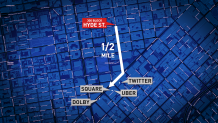
Several neighbors told us they deal with the dirty streets on a daily basis, but have given up on reporting them to the city.
Local
"I would spend my whole day wasting time, calling reporting stuff like that," said Sharon Russell, who walks up the 300 block of Hyde Street on her way to and from work every day.
That block has earned a special kind of notoriety: by one measure, it could be called the dirtiest block in the city. NBC Bay Area's Investigative Unit surveyed 153 blocks and found more than 300 piles of feces, 100 used drug needles, and trash on every block. But according to the city's 311 data, it's the 300 block of Hyde that gets the most street cleaning requests of any in the city — some of them by phone, some through the city's own 311 app, and now some through the app Miller created called SnapCrap.
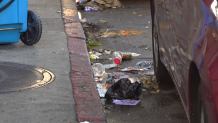
"I wanted to be able to do it in like two clicks," Miller said. "So that's kind of where I came up with the idea for SnapCrap."
The free smartphone app bears a striking resemblance to the social sharing app SnapChat: it opens directly to the camera, and allows instant sharing of an image once it's captured with just one more tap. Unlike the social app, though, SnapCrap only shares images with one "friend:" San Francisco's Public Works department.

"I don't think the people at Public Works are super psyched," Miller confessed. "I think it's creating quite a few more tickets for them."
Within two weeks, SnapCrap had been downloaded more than 7,000 times, and Miller said the app had successfully submitted 50 to 100 tickets per day. By default, all of those tickets are automatically filled out to request cleaning of human or animal waste on the sidewalk. In a future version, Miller said he'll add an option for reporting used drug needles and other types of blight including graffiti.
But first, Miller said he had to make another change: the app's logo and icon, previously drawn in the same shade of yellow as SnapChat, are now a bright shade of lavender. Miller said he made the change to comply with a request he received from SnapChat's lawyers.

